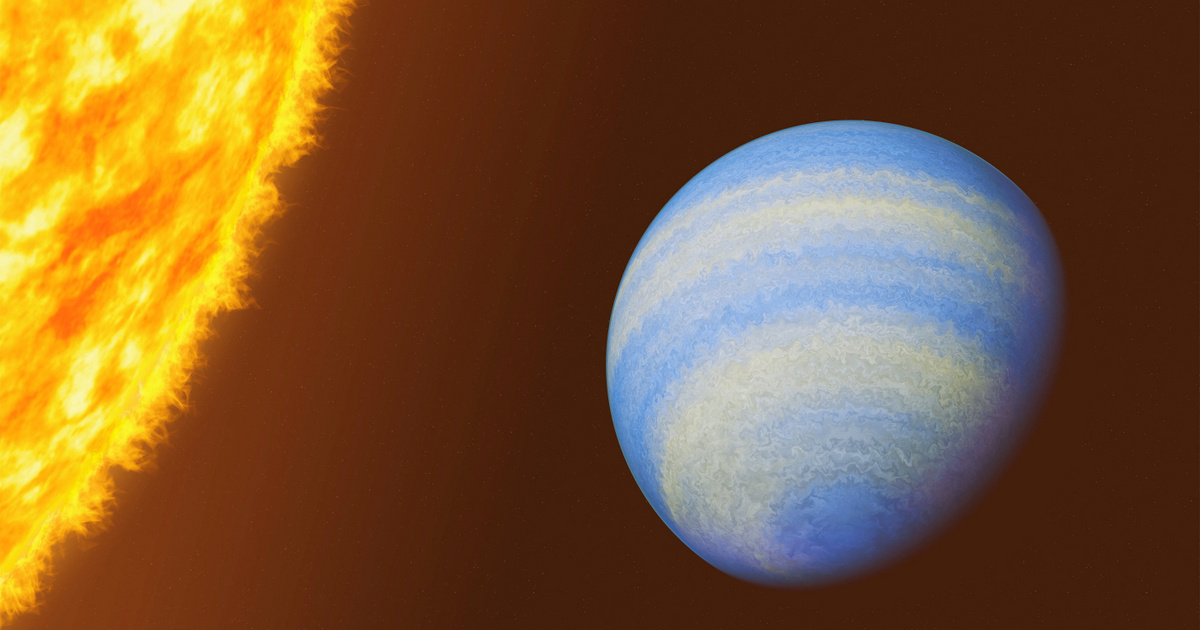The exoplanet is a Jupiter-sized gas giant located 64 light-years from Earth. IndependentOne of the hydrogen sulfide elements found on it is sulfur, which is one of the important elements in building planets and affects the atmosphere of exoplanets and planets outside the solar system.
HD 189733 b is thirteen times closer to its star than Mercury is to the Sun. Because of this, it has an orbital period of just two days, a surface temperature of 927 degrees Celsius, glass rain, and storms that reach speeds of 5,000 miles per hour.
That's worrisome, said Fu Guangwei, an astrophysicist at Johns Hopkins University and lead researcher.
Hydrogen sulfide is an important molecule that we didn't know existed. We've hypothesized that it exists and we know that it exists on Jupiter, but we haven't really detected it outside the solar system. We're not looking for signs of life because it's too hot, but finding hydrogen sulfide is a starting point and makes it easier to understand the number of ways planets can form.
A university study based on data from the James Webb Space Telescope has been published in the journal Nature. HD 189733, which is just 64 light-years away, is the closest hot Jupiter that astronomers have ever observed passing in front of its star. Since its discovery in 2005, it has become a key planet in research into the atmospheres of exoplanets.
The space telescope also revealed the presence of methane gas on the planet. According to Fu, “Until now we thought this planet was too hot to have high concentrations of methane, but now we know that's not the case.”














































